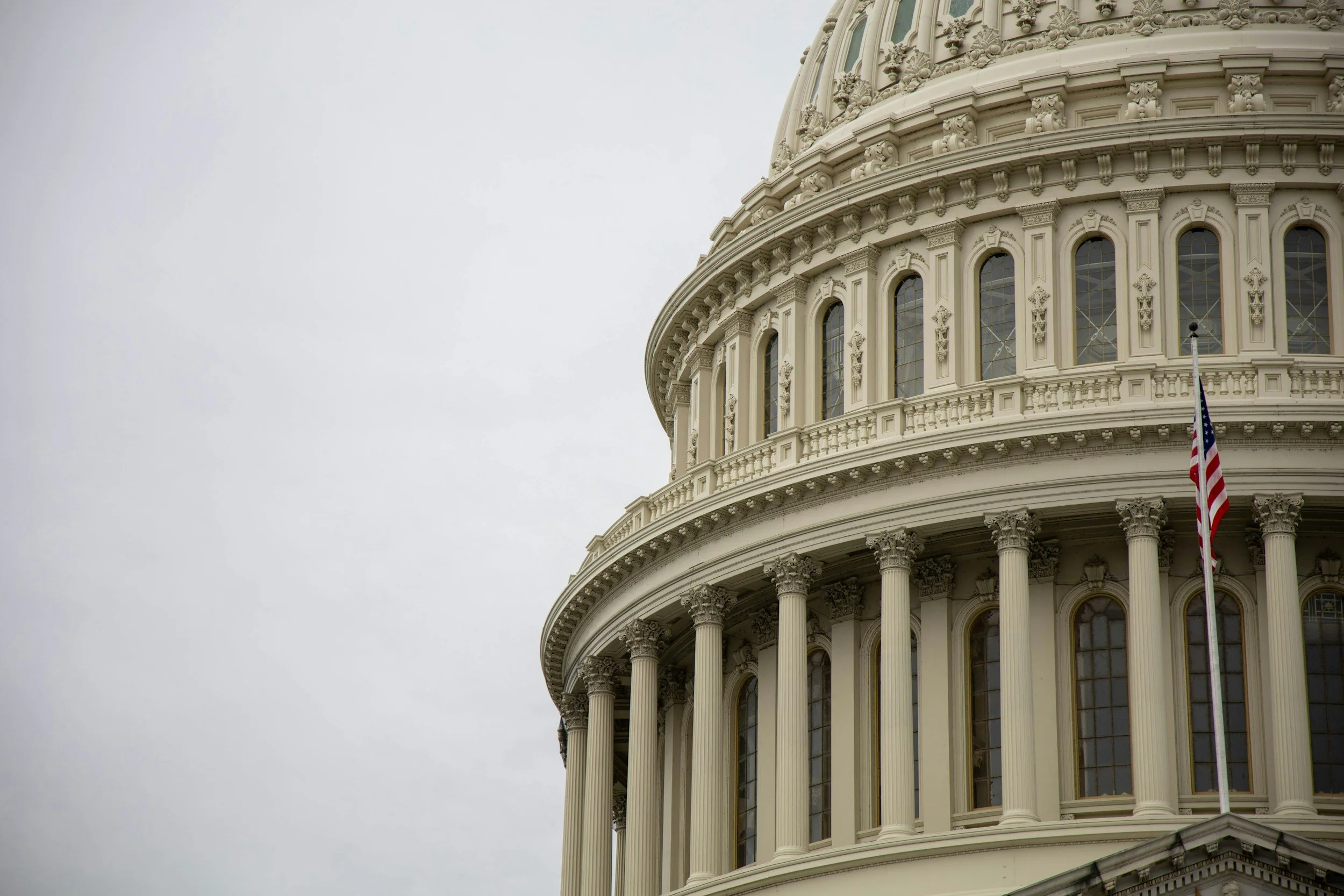DHS announces plan to grant 5 year EADs to applicants for adjustment.
Visa Bulletin Update and EB Visa Insights
Visa Bulletin Updates
In the February Visa Bulletin, all employment-based first preference (EB-1) categories in both the Date for Filing and Final Action Date charts remain current. In second (EB-2) and third (EB-3) preference categories, most countries likewise remain Current, apart from India and China, where we see slight advancements in EB-2 and no advances in EB-3.
USCIS has advised that for February, employment-based preference categories must file based on the Dates for Filing chart. Notably, while the EB-5 Non-Regional Center program remains Current for all countries, the EB-5 Regional Center Program expired on June 30, 2021, and applications based on that Program will not be accepted until the Program is reauthorized. However, if there is legislative action extending this category for February, the final action dates would immediately become “Current” for February for all countries except China-mainland born I5 and R5, which would be subject to a November 22, 2015 Final Action Date.
Insights on current and future EB visa availability
USCIS recently announced that there are an exceptionally high number of employment-based immigrant visas available this fiscal year (October 2021 through September 2022). They further communicated that there are many more visas available in the EB-1 and EB-2 preference categories than there are adjustment of status applications pending with USCIS at present, and have urged anyone who is eligible to consider applying in the EB-1 or EB-2 preference categories. In particular, USCIS is strongly encouraging anyone with a pending adjustment of status application based in the EB-3 preference category who also has a pending or approved petition and an available visa in the EB-2 preference category to request that USCIS “transfer the underlying basis” of his or her pending application to the EB-2 preference category. If you would like help in determining if you are eligible for the above or for assistance with this process, please contact the Goldblum, Pollins, and Dennis team.
Supreme Court Says TPS Is Not an Admission for Purposes of Adjustment of Status (June 8, 2021)
On Monday, a unanimous U.S. Supreme Court ruled that thousands of people living in the U.S. for humanitarian reasons are ineligible to apply to become permanent residents if they entered the U.S. illegally.
Justice Elena Kagan wrote for the court that federal immigration law prohibits people who entered the country illegally and now have Temporary Protected Status (TPS) from seeking “green cards” to remain in the country permanently.
The TPS designation applies to people who come from countries ravaged by war or disaster. It protects them from deportation and allows them to work legally in the U.S. Currently, there are 400,000 people from 12 countries with TPS status: El Salvador, Haiti, Honduras, Myanmar, Nepal, Nicaragua, Somalia, South Sudan, Sudan, Syria, Venezuela and Yemen.
The case, Sanchez et ux. v. Mayorkas, involved a couple from El Salvador who have been in the U.S. since the 1990s, and questioned whether people who entered the country illegally and later were given humanitarian protections under TPS were ever “admitted” into the United States under immigration law, as is required for those seeking lawful permanent resident status within the U.S.
Kagan wrote that they were not. “The TPS program gives foreign nationals nonimmigrant status, but it does not admit them. So the conferral of TPS does not make an unlawful entrant...eligible” for a green card, she wrote. The decision does not affect immigrants with TPS who initially entered the U.S. legally and then, say, overstayed their visa, Kagan noted. Because those people were legally admitted to the country and later were given humanitarian protections, they can seek lawful permanent resident status.
The American Dream and Promise Act, which has passed in the House of Representatives, would permit TPS recipients to apply for permanent residence even if they first entered the U.S. without inspection, but its chances of passage in the Senate remain uncertain.






